![Lusymay Di Stefano and Claudio Coviello in [I]Giselle[/I].© Marco Brescia and Rudy Amisano, Teatro alla Scala. (Click image for larger version)](https://dancetabs.com/wp-content/uploads/2014/03/mb-giselle-lusymay-di-stefano-claudio-coviello-death_620.jpg)
La Scala Ballet
Giselle
Hong Kong, Cultural Centre Grand Theatre
18, 22 (mat) February 2014
www.teatroallascala.org
Scottish Ballet
Highland Fling
Hong Kong, Shatin Town Hall
22 February 2014
www.scottishballet.co.uk
www.hk.artsfestival.org
Review of Contemporary Dance at the Hong Kong Arts Festival 2014
A version of this review previously appeared in the South China Morning Post
This year’s Hong Kong Arts Festival has offered a wide-ranging feast of dance, classical, contemporary and ethnic, from around the world.
Things kicked off with two classical ballet companies presenting very different versions of the oldest and most celebrated Romantic ballets in the repertoire: a classic rendering of Giselle from Milan’s La Scala Ballet and a radically different take on La Sylphide from Scottish Ballet in the form of Matthew Bourne’s Highland Fling.
After a disappointing previous visit to Hong Kong in 2006, this appearance showed La Scala on much stronger form with some exciting young dancers, a high technical standard and a disciplined, consistent corps de ballet. This transformation may be attributed to the leadership of Makhar Vaziev, who became artistic director in 2009 after 13 years at the helm of the Mariinsky Ballet.

© Marco Brescia and Rudy Amisano, Teatro alla Scala. (Click image for larger version)
The company’s production of Giselle, staged by legendary French ballerina Yvette Chauviré, one of the most famous Giselles of the 20th century, offers a sound, straightforward reading of the choreographic and dramatic text which allows the dancers to shine. The equally classic designs are by Alexander Benois, taken from La Scala’s archives and are pleasant enough, although the shiny fabric used for the village girls’ skirts looked most un-peasantlike.
On the first night the leading roles were taken by two superstars from the Bolshoi, La Scala étoile Svetlana Zakharova and guest artist David Hallberg. Both produced some thrilling dancing, especially in Act 2, where Zakharova’s steel magnolia virtuosity came into its own – her strength, control and speed are extraordinary (the way she sustained her opening penchée arabesque alone was worth the price of admission). Hallberg impressed with his soft, flowing movement, soaring jump and sympathetic partnering.

© Marco Brescia and Rudy Amisano, Teatro alla Scala. (Click image for larger version)
The problem is that Giselle is not just about virtuosity. To her credit Zakharova reined in her tendency to distort choreography to show off her technique but her attempt to portray a humble young peasant girl failed to convince and Act 1 demands an emotional depth and power she was unable to deliver. While Hallberg is a better actor he ended up overdoing things, perhaps over-compensating for his partner and although they danced together smoothly there was little emotional rapport.
It was left to two spectacular young talents, Lusymay Di Stefano and Claudio Coviello, to bring the characters of Giselle and Albrecht to profoundly moving life. Aged 22, Coviello shot up the ranks to principal last year and Di Stefano only graduated in 2012, making the maturity of their interpretations truly remarkable. Di Stefano has a rare naturalness on stage and the ability to make every step express emotion – she makes you see the choreography with a fresh eye, not as a series of variations but as much the portrait of a character as modern narrative work by the likes of MacMillan or Cranko. Radiant with youth and innocence, devastated by her lover’s betrayal, her Giselle is totally believable.

© Marco Brescia and Rudy Amisano, Teatro alla Scala. (Click image for larger version)
Equally effective, Coviello’s Albrecht is no hardened seducer but a young man deeply in love, torn apart by grief and guilt when Giselle dies. Both performances are full of detail and nuance. There is a wonderful moment in Act 1 where Giselle proudly shows him the necklace Bathilde has given her and we see in Coviello’s face the terrible knowledge that his idyll is coming to an end.
Their acting was matched by their dancing – if not as technically dazzling as Zakharova, Di Stefano’s assurance in this benchmark role was astonishing from such a young ballerina. Coviello’s seemingly endless series of entrechats six in Act 2 (instead of the more usual two diagonals of brisés as done by Hallberg) deservedly brought the house down.

© Marco Brescia and Rudy Amisano, Teatro alla Scala. (Click image for larger version)
Touching portrayals from Beatrice Carbone as Bathilde and Monica Vaglietti as Giselle’s mother Berthe added further dramatic depth. The story is always stronger when Bathilde is a sympathetic character and Carbone’s portrayal of a warm, kind-hearted woman makes the denouement still more powerful – she too is a victim. With Coviello, an extra dimension was added – an older woman in love with a younger man, faced not only with his betrayal of the innocent Giselle but the fact that he does not love her in return.
There were lively performances of the peasant pas de deux from Denise Gazzo and Federico Fresi and the third cast Albrecht, the dashing Antonino Sutera, although he somewhat outclassed his partner Vittoria Valerio. Nicoletta Manni and Luana Saullo both danced well as Myrthe, the first scoring strongly on the opening bourées, the second on the jumps. An excellent Act 2 from the corps de ballet showed the Mariinsky influence. David Garforth gave an object lesson in ballet conducting, bringing out the best in the Hong Kong Sinfonietta.
And now for something completely different. Before he achieved international fame with his all-male Swan Lake, Matthew Bourne’s first venture into balletic iconoclasm was Highland Fling. This re-imagining of La Sylphide transposes the story from Bournonville’s romantic, Brigadoon-like rural Scotland in the 1830s to the seamy side of Glasgow in the 1990s.

© Andy Ross. (Click image for larger version)
The result is a lively, irreverent and entertaining show which can be enjoyed with or without knowing the original ballet. However, those who do will appreciate how ingeniously Bourne has played with the story while remaining true to its essence.
James is engaged to the nice but conventional Effie, whom their friend Gurn secretly loves. The Sylph, a supernatural woodland creature, keeps appearing to James while remaining invisible to others. James becomes so enamoured of her that he abandons his bride on their wedding day and runs off to the forest. To keep the Sylph with him forever, James makes the fateful decision to cut off her wings, believing this will make her human. Tragedy ensues for all concerned except Effie and Gurn, who live happily, if boringly, ever after.
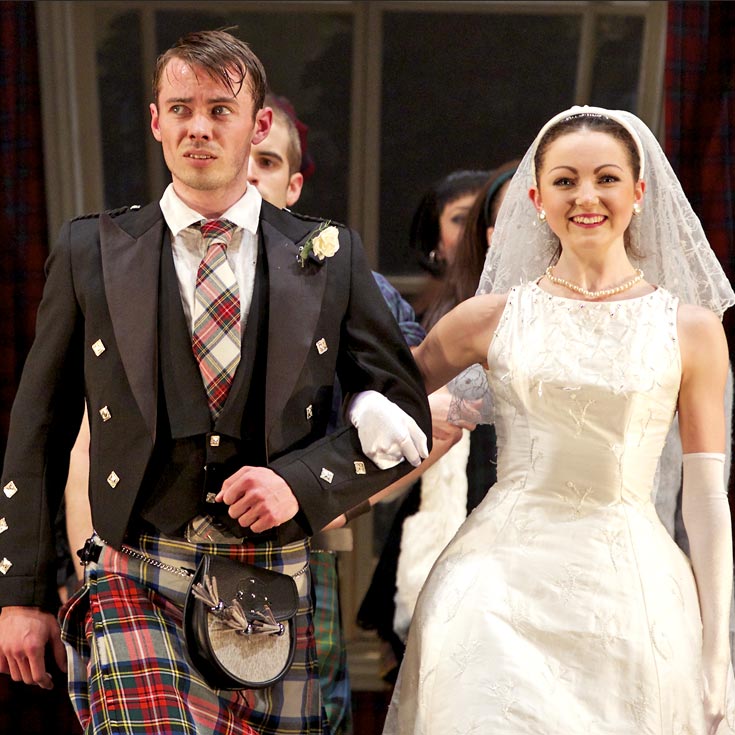
© Andy Ross. (Click image for larger version)
Bourne packs the first half of the production with sharp characterization and sly references to the original ballet, as he works the visitations of the Sylph into a drunken stag night, the resulting hangovers the morning after and the wedding itself. The second half moves from dance theatre to pure dance as the obsessed James pursues his new sweetheart to the woods where they cavort with the other Sylphs (danced by men as well as women in true Bourne fashion). The choreography for these sequences shows Bourne’s musicality as he responds to Løvenskjold’s irresistibly bouncy score, although some repetition of movement sets in.
Bournonville’s James is far from the brightest bulb in the chandelier but Bourne makes him even less sympathetic – at least in the original he is deceived by Madge the witch into killing the Sylph with the magic scarf which makes her wings drop off. Here, it is his own act of unthinking brutality in hacking off her wings which brings about her death.
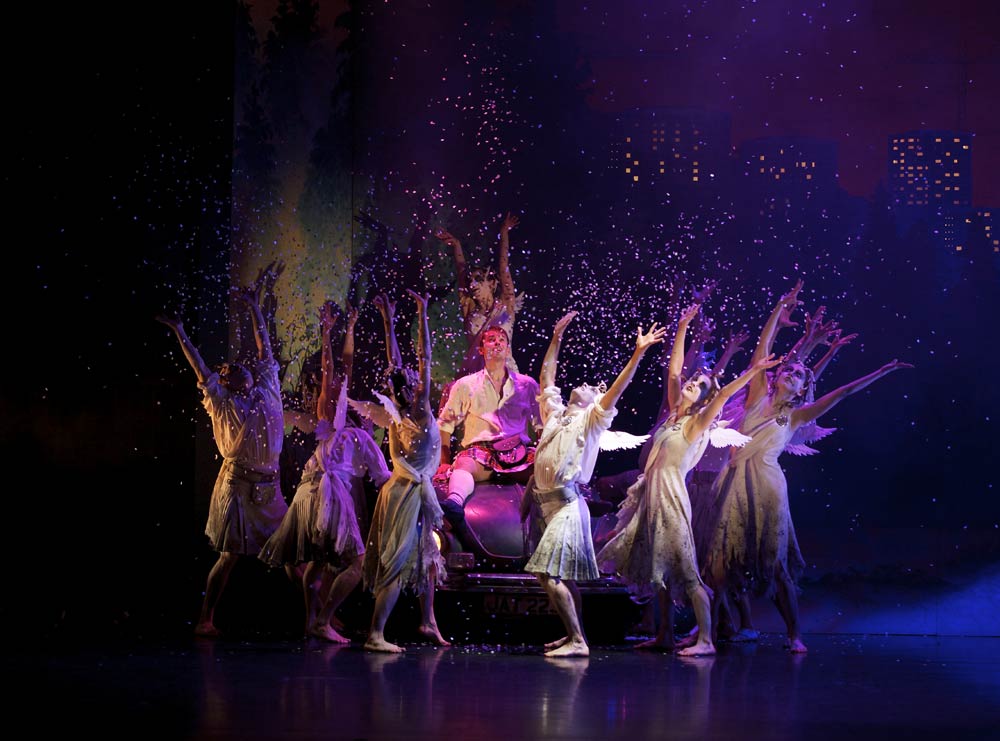
© Andy Ross. (Click image for larger version)
In the most touching moment of piece, the Sylph agrees to leave the woods to live in the human world with James. With the unquestioning courage of love, she picks up a little white suitcase and sets off – as James picks up a large pair of shears. The ending is pure grand guignol with a gory corpse and the Sylphs avenging their sister by making James into one of themselves. Instead of James seeing Effie and Gurn’s wedding procession pass by as he dies, he returns to hover outside their window, winged and invisible.
The supernatural theme is well realised and I liked the sinister undertones (the Sylphs are more Torchwood than Tinkerbell). The double coup de theatre at the end packs a solid punch and Lez Brotherston’s witty, whacky designs (tartan has never been seen like this before) are another plus.
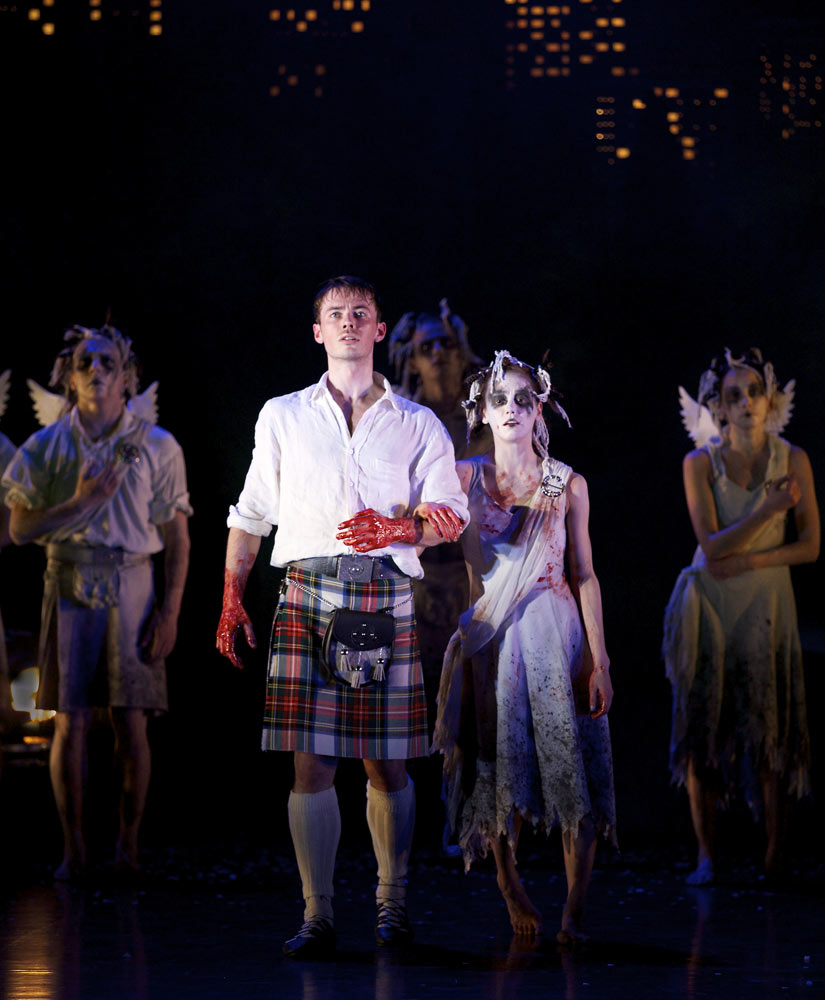
© Andy Ross. (Click image for larger version)
This is the first time one of Bourne’s full-length works has been presented outside his own company and it is a triumph for Scottish Ballet. The cast performed with infectious energy and were equally convincing as the Sylphs and the all-too-human humans. Christopher Harrison was excellent as the bothered and bewildered James. Sophie Martin perfectly captured the Sylph’s amoral playfulness and other-worldly quality and her thistledown-light dancing was a delight.
Whether Highland Fling will stand the test of the time as La Sylphide has done is dubious – the original choreography is, it must be said, much better. Many years ago I had the privilege of seeing the great Kirov ballerina Irina Kolpakova dance the title role. Decades later the moment of her death, expressed by a single exquisite tremor of the feet, is still etched in my memory. I doubt if the bloodied corpse of Bourne’s Sylph will stay with me that long – on the other hand, I might just remember that little white suitcase.











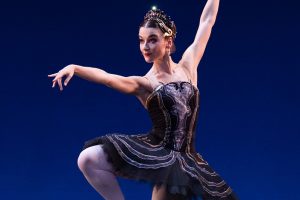
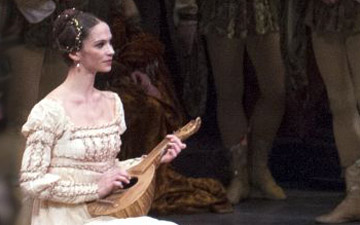
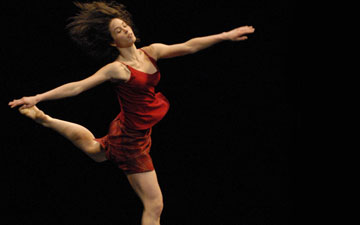
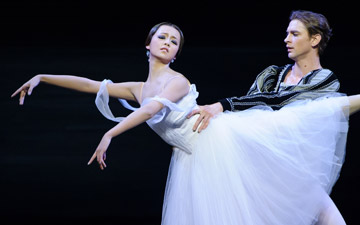

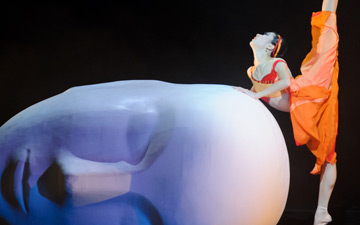
You must be logged in to post a comment.